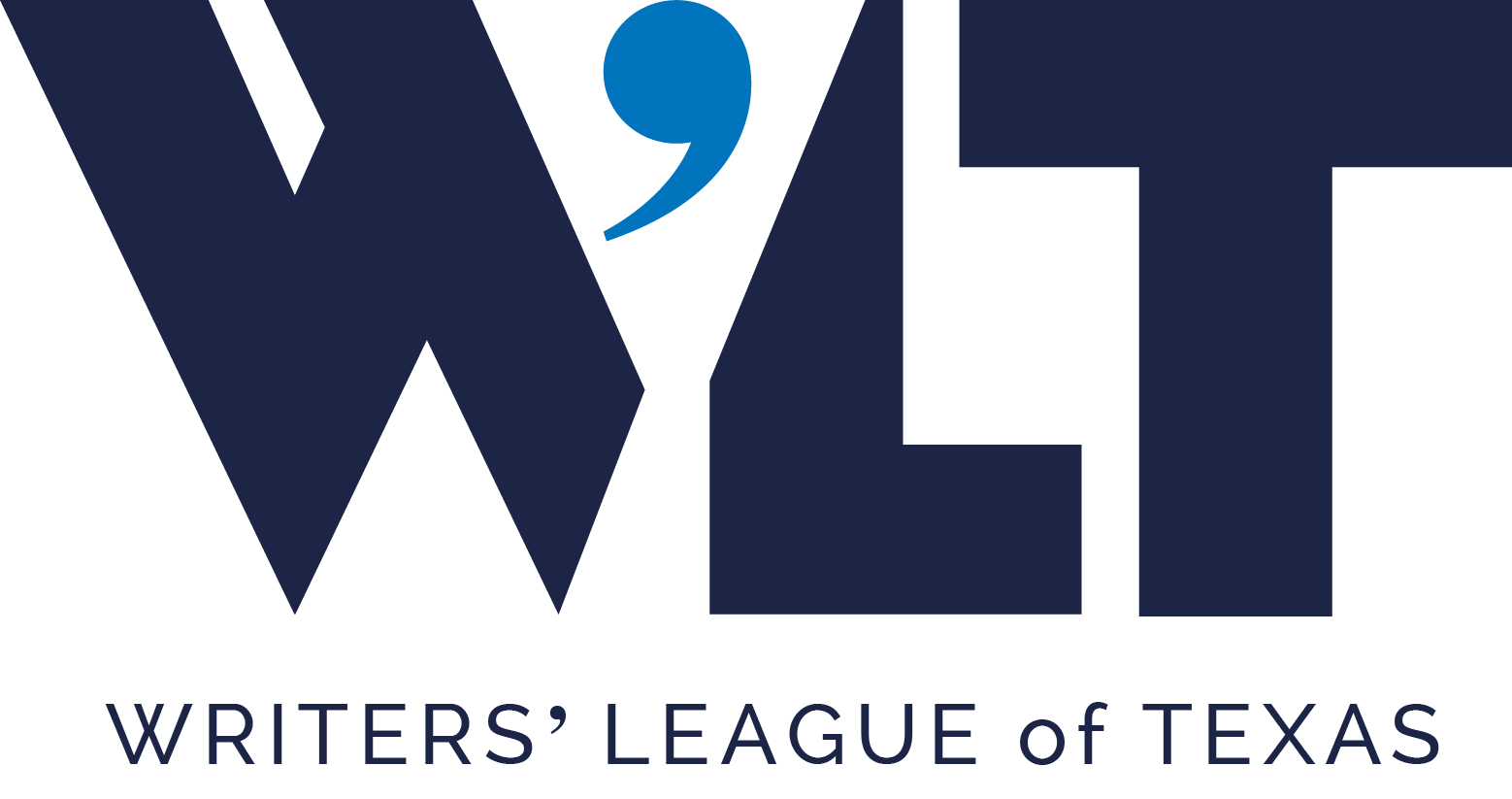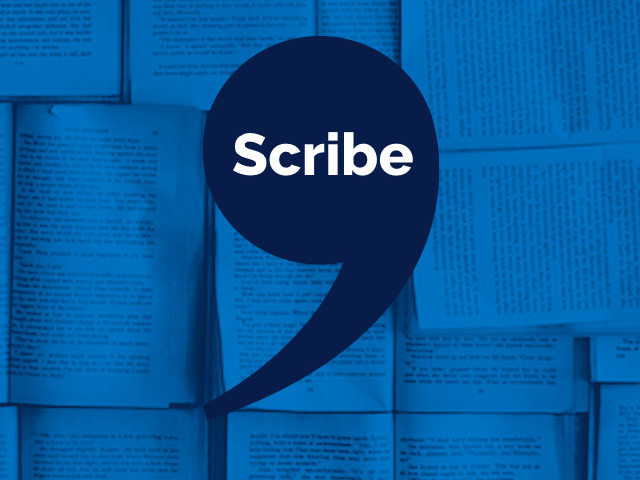
An Address and a Map: Discovering Your Genius as a Writer
By Tim Wynne-Jones
One of the highlights of the inaugural Writers’ League of Texas YA A to Z Conference was author Tim Wynne-Jones’s amazning keynote talk, “An Address and a Map: Discovering Your Genius as a Writer.” “Inspiring” sometimes sounds cliché, but Tim’s talk truly hit that mark. Tim has been kind enough to share a text version of his talk. We hope that the rest of you will look for — and appreciate — your inner genius!
-Cyndi
I want to talk to you this morning about the importance of reading yourself seriously. I want to talk about believing in your own genius. I’m not talking about the exalted meaning of that word, the one we use to describe the greatest in any field, the meaning that is often contrasted with just plain talent; I’m talking about the genius that each of us possesses to some degree: a natural ability or capacity or quality of mind; the special endowments which fit each of us for our work.
By whatever means and with a whole lot of effort, you have become the kind of person who can sit down at an empty page or screen and fill it with story-shaped words. Not just clever or funny or poignant words, but words with an intention, a direction, a goal. There is genius in this. I like to think of the original pagan meaning of the word “genius”: the attendant spirit allotted to each of us at our birth to govern our fortunes and determine our character. That spirit – that genii – is there, bottled up inside each and every one of us. I will get to that a little later.
You write stories. You probably write emails, too. Maybe you blog and Facebook and My Space and keep a journal and Twitter and write on the walls of washroom stalls and, by night, tag bridges and box cars. There are all these surfaces that are available to those who wish to present themselves to the world in words. But there is a difference, of course, between these activities. Fine words may be written of the inspired moment in an email or as a witty rebuttal in an online bulletin board, but these words, sparkling as they may be, are soon forgotten. Story-shaped words are different. They are chiseled away at by the hour, sanded down over weeks, and are still being polished months later. While a lot of what people hurl into the ether is fiction, you aren’t satisfied with simply making things up, are you? You want what you make up to have a larger context, a life all its own. Despite the fragility of everything, you write durable words, as if it mattered.
You are story-oriented.
You work at this. You find these people, these characters – God knows where – and you give them actions to undertake and words to speak so that others can see them and hear them and feel for them, empathize with them, loathe them or love them, at your direction. And then, having made up these folks – these wonderful characters — you treat them horribly. You really work at conflict – at making your protagonist’s life hell, and then making it worse. And then, with delight and a great deal of hardship for both your protagonist and yourself, you get her out of that mess. And you are a better person for it. That’s the plan, anyway. That’s a story. I’m not sure if we write to change the world but I’m pretty sure we write to change ourselves. When I start a novel, I don’t know what’s ahead but there is a question forming in my mind as I write and become more and more embroiled in the story and the answer to that question is the novel, itself.
The challenge of writing for young readers is that, while they might be endlessly resourceful, they have a limited number of tools at their disposal. Just as parents try to equip them for life, writers must equip their young characters for the adventure ahead. In the third and final book of my “Zoom” picture book trilogy, I wanted to take the adventurous cat to Egypt – where else! The ancient Egyptians loved cats. They mummified them, for goodness sake. Which was the fate I had planned for Zoom’s human companion, Maria. So I needed to equip Zoom with a sharp object since he was going to need to cut her free. (Mercifully, he wasn’t traveling to Egypt by plane…) Anyway, I started the story with Zoom helping Maria in her back garden, raking leaves, planting lily bulbs for the spring and pruning the roses. I gave Zoom his own pair of pruning shears. At the right moment, he remembers. Maria has been mummified alive.
“Get me out of here,” she cries.
“Don’t worry,” said Zoom. And voila! He discovers the secateurs he put in his jacket back in the garden.
And this brings me to the subject at hand. Sometimes, just like our protagonists, the resources a writer needs to resolve a story problem are right there within the body of the text. Right there in a pocket.
When you are writing well, you are undoubtedly writing more into your narrative than you even know. That is because you are not working alone. There is the You at the screen logging in the hours; but there is the Inner You. When you are not looking – precisely when you are too distracted by rising action and plot points and getting the dialogue right – your inner writer is sewing into the narrative her own secrets. If they are not as sharp as scissors, then maybe they are silver coins wrapped in wax paper baked into the cake. If you have ever been surprised or delighted because someone tells you something they found in your story that you didn’t consciously put there but which is resonant and very clever, then you know what I’m talking about. This is your Genius at work, behind your back.
Another writer might call this helpmate her Muse or God or the Holy Earth Mother guiding one’s hand. Calling it the Unconscious isn’t any more rational an explanation. Call it whatever. Call it Brenda. My point is that when you feel a story is going well, chances are good there is something being transported, bundled up inside that story that you have been wanting and trying to say.
We writers like to say, as we develop our craft, that we are adding things to our tool chest. I’m not sure how prevalent this metaphor was before Stephen King’s book, On Writing, but it is certainly common parlance, now. And it’s a good description. I think it ennobles our sense of our job to think of it as a building trade.
We build these constructions and, with any luck, there isn’t a problem that comes up that we don’t have a tool to fix. But what I want to say tonight is that sometimes, the answer to the problem isn’t something requiring external equipment. In fact, I think that having a tool chest with many enticing drawers can sometimes distract a writer from the real problem he or she may be having with a narrative. So what you need to do before you go rooting through your tool kit is consult with your co-writer. Your inner genius. And how do you do that? She’s not easy to get a hold of. She doesn’t answer her phone. But, if you’re lucky Your Inner You may just have left a text messages for you, embedded in the story.
Let me tell you about my earliest experience of this hider of secrets we might call the Unconscious or the Muse. I say earliest experience, because it happens fairly regularly, now that I know how to work it. And how to work it is reading yourself seriously. Hold on to that thought.
I was writing the first of the “Zoom” picture books, Zoom at Sea. It was my very first children’s book, although I had already published an adult novel. I sat down at the kitchen table undoubtedly to write something important and clever but I was distracted, in the good sense of the word, by a clever cat named Montezuma, who was sitting on the counter catching drops of water as they dripped from the tap. He seemed to want to stuff the drops back up the spout. Charmed by his antics, I came up with the line, “Zoom loved water. Not to drink – he liked cream to drink – Zoom liked water to play with.” It was one of those lines, which, for me, was like a door opening. I entered into it, all of my senses alert. Soon, my literary Zoom was walking by night in the sink on wooden spoons strapped to his feet with elastic bands and being blown around the bathtub in a wicker basket with a towel for a sail.
I decided that any cat that liked water should go to sea. So I took Zoom to sea. I made quite a job of getting him there – transportation issues dominated the journey in that first draft – him being a cat and all. Finally, he got to a dock and went about renting a fishing boat and … well, by then I was getting pretty bored. The magical feeling that had led me through the door of that nice first line and down into the realm of story had disintegrated; the writing was becoming decidedly laborious. I needed to make a leap. Something unexpected needed to happen. Now, maybe you have a leap drawer in your toolbox filled with surprises, along the lines of Raymond Chandler’s famous method for getting a story back on track: “If in doubt, have a man come through the door with a loaded gun.” A man with a loaded gun didn’t seem quite the right solution for the Zoom book. So first of all I went back to the beginning of my story to try to recapture the feeling of enchantment. And when I looked really closely – forensically — at those opening few pages, I came to this paragraph:
One afternoon while dreaming in the attic [Zoom] noticed a shelf he had not seen before. A dusty diary lay next to a photograph of a large yellow tomcat with white whiskers and a black sou’wester. It was inscribed: “For Zoom from Uncle Roy.”
Zoom opened the diary and on the last page he found an address and a map. “The sea and how to get there,” it said.
An address? Since when does an ocean have an address? And yet there it was on the page. In the thrall of that first magical bit of writing I had given the sea an address. Ah. So the ocean Uncle Roy was talking about clearly was something different. This ocean had to be in a house. I had written this already but not paid attention to it. And here’s the thing: writing creatively requires reading creatively. Reading yourself seriously.
Suddenly, with that discovery, amusing methods of transportation to the Sea were totally superfluous, a waste of time. The journey Zoom was about to take really wasn’t going to start until he got to that address on the map. So throwing out several pages of “getting there” I wrote: “The sea wasn’t far, really, Zoom took a bus.” And when he was there, he did what anyone in a fairytale does: he knocked three times on the big front door.
As a writer, I knocked on that door with him, not really knowing who would answer. But I did know someone would and I knew her when I saw her. Maria. A name not far from the Latin word mare, meaning the sea. Maria who was a little hard of hearing and who wasn’t quite ready, yet, but soon enough makes an ocean happen for Zoom. Right there in her house. Which accounts for her being hard of hearing, I guess.
What led me to her house — what led me to that decision – was a line of text I had already written in my story: “An address and a map. ‘The sea and how to get there,’ it said.” Who put that line in my story? When I talk about your inner genius this is what I mean.
And there is more to it. Zoom at Sea was well received and even became very briefly notorious due to an article in the Toronto Globe and Mail. A critic who had reviewed the book favorably wrote a later piece on it, pointing out the curious stained-glass window above Maria’s big front door. A rising sun.
I must admit that, while I had poured over Eric Beddows’ illustrations, loving every detail, I had not really taken in the significance of the rising sun stained glass. A rising sun, by its very shape, fits neatly into the space above a front door in an arched opening. But this was, it seems, a “house of the rising sun.” And that made Maria a… What? Right, a prostitute. She identifies the cat at her door as “my little sailor.” Then she invites him in and makes the sea happen for him. Afterwards, they sit and eat fish fritters. It’s a kid’s book so you can’t really have them smoking a cigarette. But, it’s interesting because the text goes on to say, Maria’s bun had come undone and there was sand in the ruffles of her dress… Hmmm. Very fishy.
To tell you the truth, I was kind of blown away by the journalist’s discovery. Laughed about it. The window above the front door was entirely the illustrator’s decision. And Eric had not done it consciously, he swears, but only for the architectural reason mentioned earlier; it just fits. But the idea fits very well, too. I can only be thankful that I did not become aware of this deeper under current of meaning when I was writing the story, or who knows what I’d have done with it. And yet doesn’t this fly in the face of what I’m talking about? If I’d really read my story deeply enough, wouldn’t I have noticed how sexual it was? I’m going to say no. The difference, I think, is that discovering the address, the map and how to get there, led me to the solution of the story. This ulterior Freudian motif was there like an electric current giving the story resonance that I could feel without actually naming.
And here’s one last incidental fact, with regards to Zoom at Sea. When people ask, as they sometimes do of picture book writers, did I write it for my children, my answer was always no, because I wrote Zoom before I had any children. It was only many years later that I did the math and realized I had been lying. I wrote Zoom on a bright spring morning in late May of 1980. My wife, Amanda, was a few weeks pregnant with our first child. She knew she was pregnant but hadn’t told me, yet – it was too early. But I can’t help but wonder if I somehow knew she was, too, and Zoom’s journey on his little raft in this enclosed sea was a story that came from somewhere very deep inside me. We must allow that our inner genius knows more than we do.
There is an inspiring little book called Becoming a Writer, written by Dorothea Brande in 1934. In the edition I have, reprinted in 1981, there is a forward by John Gardner extolling the book, not for what it teaches one about technique but because it addresses our insecurities, the root problems of confidence, self-respect, freedom. In it, Brande talks about genius. Here is what Gardner has to say in his forward:
[Brande] is right that genius can be taught (once the secret emptiness of that phrase is understood) because in fact genius is as common as old shoes. Everybody has it, some more than others, perhaps; but that hardly matters, since no one can hope to use up more that a very small portion of his or her native gift. Every nightmare (and even dogs have them) hints at secret reserves of imaginative power in the human mind. What the stalled … writer needs is some magic for getting in touch with himself, some key. (13)
And that is what Brande does. She talks a lot about paying attention to the unconscious, letting it flow “freely and richly, bringing at demand all the treasures of memory, all the emotions, incidents, scenes, intimations of character and relationship which it has stored away in its depths … (46)” She clarifies this, reminding us that the conscious mind must control and combine and discriminate between these unconscious materials, but we must not hamper the flow. And she says something that speaks, I think, very personally to those of us who write for children.
The genius keeps all his days the vividness and intensity of interest that a sensitive child feels in his expanding world.
When you are writing well, you can feel that flow. You feel unimpaired, the words pour out, you don’t stop too often to repair, but go on – there will be days of less flow but on those days, with any luck, your conscious faculties will be working just fine, and you can edit and fix and buff and shine. And here is something else you can do on the days when the flow is weak. You can go back and look for what might have washed up on the shores of the story. Like a keen-eyed kid at the seashore looking for shells, you can set out on a walk back along the beach of yesterday’s “inspired” outpouring. Your genius, Brande seems to say, is in accepting your genius and looking for it actively in your work.
John Gardner, in his wonderful book, The Art of Fiction, says:
In writing a good denouement … the most useful hint is this: Read the story over and over, at least a hundred times – literally – watching for subtle meanings, connections, accidental repetitions, psychological significance. Leave nothing – no slightest detail – unexamined; and when you discover implications in some image or event, oonch those implications toward the surface. (194)
I think the oonching can come a lot earlier. Long before you are trying to figure out how to end a story you can be sifting through the pages you have already written looking for what the story is going to be – what you really want to write about.
Your subconscious wants to work with you. As masters of our craft, we must be careful not to spend all of our time looking around in our toolboxes for a fix or waiting for our workshop or writing group buddies to steer us in the right direction. While we try out shorter sharper sentences to get the cadence right, or go about the complex surgery of making the protagonist’s sidekick a girl instead of a boy, our inner writer might be right there, at the window, making funny faces. She wants to make you laugh and break your heart and find the thing inside the words you thought writing was really about when you were eleven or sixteen. But you are looking in the wrong place. She’s been leaving you clues all along. Your genius is to accept your genius, which is your reason for writing at all.









